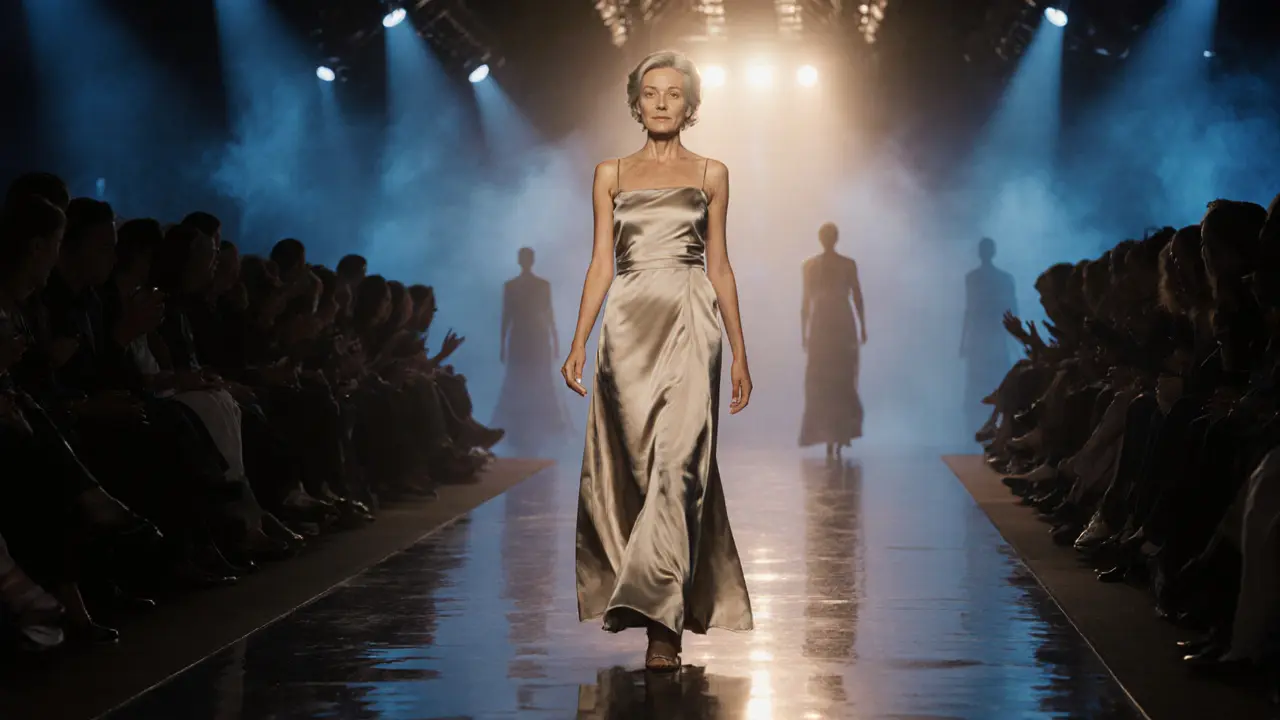Explore the real age limits for modeling, discover which sectors welcome older talent, and learn how to start a successful modeling career at any age.
Fashion Modeling Age: How Age Shapes Your Modeling Path
When talking about Fashion Modeling Age, the typical age range and expectations for models working in fashion. Also known as model age requirements, it sets the stage for who can walk the runway, appear in campaigns, or book a commercial shoot. Age isn’t just a number; it decides which fashion modeling age opportunities are realistic, which agencies will consider you, and how you position yourself in a competitive market. Understanding these rules helps you avoid wasted effort and focus on the jobs that match your stage in life.
Why Age Matters in Fashion Modeling
First, age directly influences model booking, the process of securing jobs through agencies or direct clients. Young teens often fill teen‑focused brands, while mid‑twenties models are preferred for high‑fashion editorials. Then there’s the link between age and size standards, the measurements and fit expectations used by designers. A 16‑year‑old might be expected to meet sample sizes, whereas a 30‑year‑old may need to align with plus‑size or mature‑brand guidelines. This means age and size standards work together to shape the pool of jobs you’re eligible for.
Another critical piece is plus size, the category for models who represent larger clothing lines. The fashion world is expanding its definition of beauty, and many agencies now seek plus‑size talent across age brackets. For a 25‑year‑old, entering plus‑size modeling can open new avenues that senior high‑fashion routes might not offer. Conversely, a 45‑year‑old may find the same niche more welcoming than the runway, demonstrating how age and plus‑size categories intersect.
Compensation also follows age patterns. model photoshoot rates, the fees models earn per session or campaign often rise with experience, which correlates with age. A fresh face in her late teens might earn a modest fee, while a seasoned 35‑year‑old commands higher pay for the same assignment. Agencies use age as a proxy for reliability and professionalism, so knowing the typical rate brackets for each age group helps you negotiate better deals.
Beyond pay, age affects legal considerations. In many regions, models under 18 need a guardian’s consent and are limited to certain types of work, such as non‑nude fashion shoots. This legal layer forces agencies to match fashion modeling age with appropriate job types and ensures compliance with labor laws. Ignoring these rules can lead to contract cancellations or reputational damage.
All these entities – model booking, size standards, plus size, and photoshoot rates – create a network where age is the hub. Knowing how they interact lets you plan a realistic career path, pick the right agencies, and set salary expectations that match your experience. Below you’ll find articles that dive deeper into each of these topics, from age‑specific casting tips to negotiating rates and exploring plus‑size opportunities. Keep reading to turn this overview into actionable steps for your modeling journey.

